Measuring Satisfactory Academic Progress
Measuring Satisfactory Academic Progress
The formula for measuring satisfactory academic progress includes a qualitative measure of progress and a quantitative measure of progress.
Qualitative Measure (Grade Point Requirement)
You must maintain a 2.0 cumulative grade point average (GPA) as calculated by the Financial Aid Office. This GPA may be different than what appears on your transcript. For example, developmental courses are not included in calculating the GPA on a transcript, but are included in calculations for financial aid. You must have a “C” average at the end of two academic years to graduate.
Quantitative Measure (Completion Requirement)
You must successfully progress through your educational programs at a prescribed pace to ensure program completion within the maximum timeframe. Pace is calculated by dividing the cumulative number of hours you have successfully completed by the cumulative number of hours you have attempted, regardless of enrollment status. Transfer credits are included in both the attempted and completed hours. If you successfully earn 67 percent of the total cumulative credits attempted in your program of study and for each semester enrolled, you should complete the program within the maximum timeframe.
Pace is measured at the end of each semester by the Financial Aid Office.
Pace calculation example:
A student attempts 12 credits in the fall semester and successfully completes 12 credits.
The student has earned 100 percent of the credits attempted.
In the spring, the student attempts 18 credits and successfully completes 15.
Student has a cumulative total of 27 credits completed.
The cumulative total of attempted credits is 30.
Pace: 27 credit hours÷30 credit hours = 90%.
Maximum Time Frame (MTF)
Your maximum time frame to complete a program utilizing financial aid cannot exceed 150 percent of the published length of the program. If you change majors, the total hours continue to accrue regardless of program completion.
Maximum Time Frame example:
If an academic program requires 68 credit hours to complete a degree, a student may attempt a maximum of 102 credit hours before exceeding his/her eligibility for financial aid.
MTF: 68 credit hours X 150%=102 credit hours


